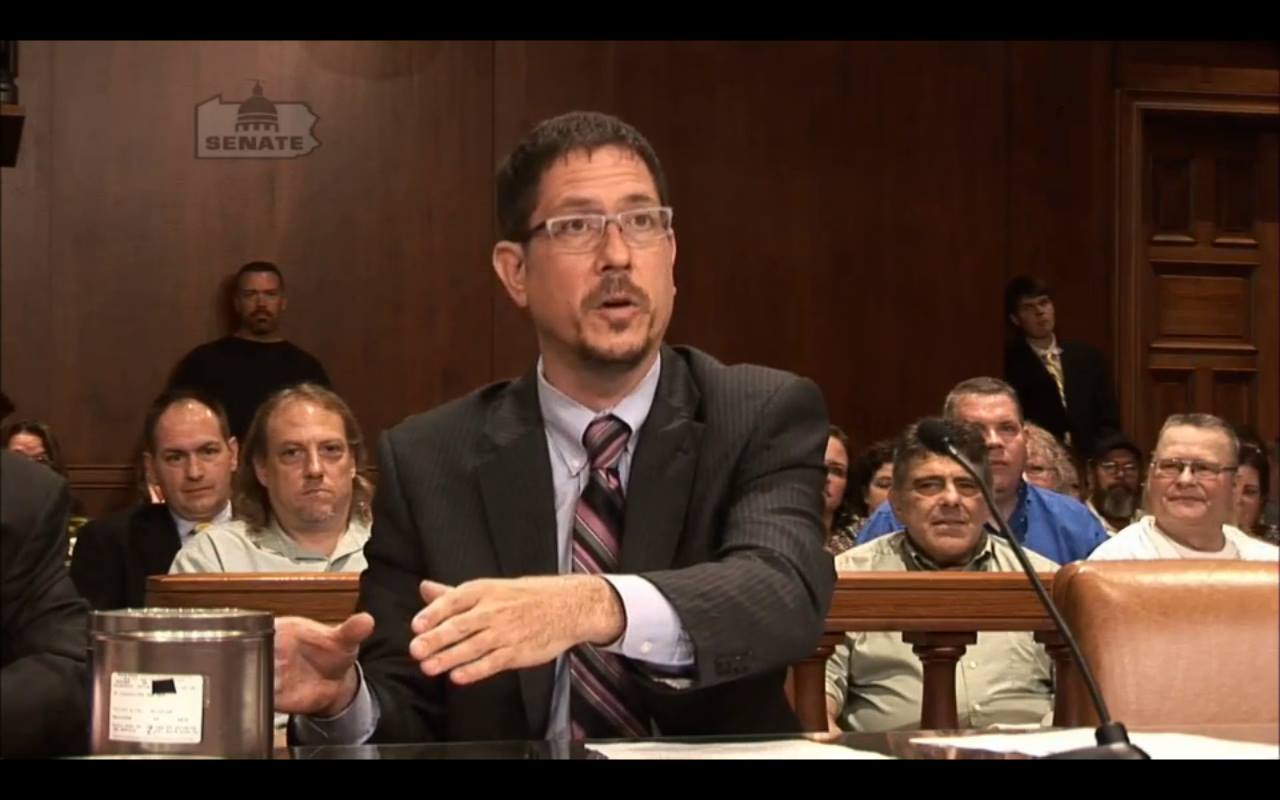Top Federal Crime Lawyer: Specialized Legal Protection for Federal Offenses
Top Federal Crime Lawyer: Specialized Legal Protection for Federal Offenses
Blog Article
Demystifying the Refine of Federal Appeals: What You Required to Know
Navigating the elaborate realm of federal charms can often feel like traversing undiscovered waters for those not familiar with the process. Understanding the nuances of appellate court jurisdiction, the ins and outs of filing a notice of appeal, providing a compelling brief, and making a convincing oral argument are vital elements that can dramatically impact the end result of a situation. By untangling the layers of complexity surrounding government charms, individuals can get a clearer insight into the mechanisms that govern this critical point of the lawful system.
Understanding Federal Appeals Process
Looking into the elaborate world of the government appeals procedure unveils a organized and methodical journey with the judicial system. Federal allures work as a crucial system for reviewing decisions made by lower courts. Recognizing this process is important for anyone included in lawful procedures at the government degree.
The procedure typically begins with an event dissatisfied with a lower court's judgment submitting a notification of appeal. This triggers a review by a greater court, where a panel of courts analyzes the legal debates provided by both celebrations. Briefs detailing the legal reasoning behind each event's setting are sent, and dental arguments might be heard to clear up complex problems.
The appellate court's decision is based on an extensive examination of the lower court's proceedings and the disagreements offered. When the appellate court gets to a choice, it can affirm, reverse, remand, or modify the lower court's judgment, supplying clarity and finality to the legal dispute.
Appellate Court Jurisdiction Clarified
As we proceed from recognizing the federal appeals procedure to dissecting the details of appellate court jurisdiction, an essential element comes to light concerning the authority and limits of these higher courts in the lawful landscape. Appellate court territory describes the extent of situations that a particular appellate court has the power to review and decide upon. Unlike trial courts that listen to situations for the very first time, appellate courts are restricted to evaluating decisions made by lower courts. These choices can include judgments from both state and government courts.
Appellate courts have territory over certain sorts of instances, generally those including legal mistakes, procedural problems, or concerns of legislation rather than factual conflicts. The jurisdiction of appellate courts is generally described in statutes and legislations that regulate the court system. Recognizing appellate court territory is important for celebrations associated with the charms procedure as it determines whether an instance is eligible for review and the level to which the appellate court can intervene in the reduced court's decision.
Declaring a Notice of Appeal
The preliminary action in beginning the government charms procedure entails submitting a Notification of Allure with the proper appellate court. This important document officially alerts the court and the other events associated with the situation that the appealing celebration intends to seek a testimonial of the reduced court's decision. Submitting a Notice of Charm is a rigorous step-by-step requirement that sets the appellate procedure moving.
When preparing the Notice of Appeal, it is important to ensure conformity with the specific regulations and guidelines of the appropriate appellate court. federal crime attorney. The record must generally include information such as the instance name, the lower court's name, the day of the judgment being appealed, and a concise declaration indicating the premises for the appeal

Rundown and Dental Debate
In the appellate process, presenting composed briefs and taking part in oral disagreements play crucial roles in promoting for the appealing celebration's position prior to the appellate court. Briefs are comprehensive legal files that describe the parties' debates, lawful authorities, and analysis sustaining their settings. These composed submissions provide the court with a comprehensive understanding of the facts of the case, the pertinent regulation, and why the appealing celebration believes the reduced court's decision should be reversed.
Complying with the entry and testimonial of the briefs, oral arguments use the celebrations an opportunity to additional clarify their positions, attend to go to my blog any kind of questions the appellate courts might have, and highlight bottom lines from their written briefs. Dental arguments are an opportunity for the attorneys to convince the courts through spoken advocacy and responses to queries from the bench.
Both the created briefs and oral arguments are critical parts of the appellate process, permitting events to provide their instance completely and compellingly prior to the appellate court. - federal appeal attorneys
Receiving the Appellate Court Decision
Upon conclusion of oral debates and entry of created briefs, the next pivotal stage in the appellate process involves awaiting the decisive ruling from the appellate court. This duration of anticipation can be loaded with a mix of anxiousness and wish for parties associated with the allure. The appellate court's decision is generally provided in a written layout and details the court's final thoughts on the legal issues provided, the reasoning behind their decision, and the judgment provided. The time structure for obtaining the appellate court's choice can vary, yet courts strive to provide prompt resolutions. As soon as the decision is released, events must meticulously examine the court's ruling to understand the result and identify any kind of further steps that may be necessary. Whether the appellate court verifies, turns around, or remands the reduced court's decision, comprehending the effects of the ruling is crucial for all parties included in the appellate procedure. Without delay evaluating and comprehending the appellate court's decision is crucial in navigating the next steps in the legal proceedings.
Verdict
Understanding the appellate court jurisdiction, filing a notification of appeal, preparing briefs, and providing dental disagreements are all vital elements of this process. Eventually, receiving the appellate court decision can supply quality and resolution to legal conflicts.
As we proceed from understanding the federal allures procedure to studying the details of appellate court jurisdiction, an essential element comes to light pertaining to the authority and limitations of these higher courts in the legal landscape. Appellate court territory refers to the range of situations that a specific appellate court has the power to choose and assess upon. Unlike trial courts that listen to instances for the very first time, appellate courts are restricted to examining decisions made by lower courts. Comprehending appellate court jurisdiction is essential for parties involved in the charms process as it establishes whether a situation is eligible for evaluation and the extent to which the appellate court can intervene in the reduced court's choice.

Report this page